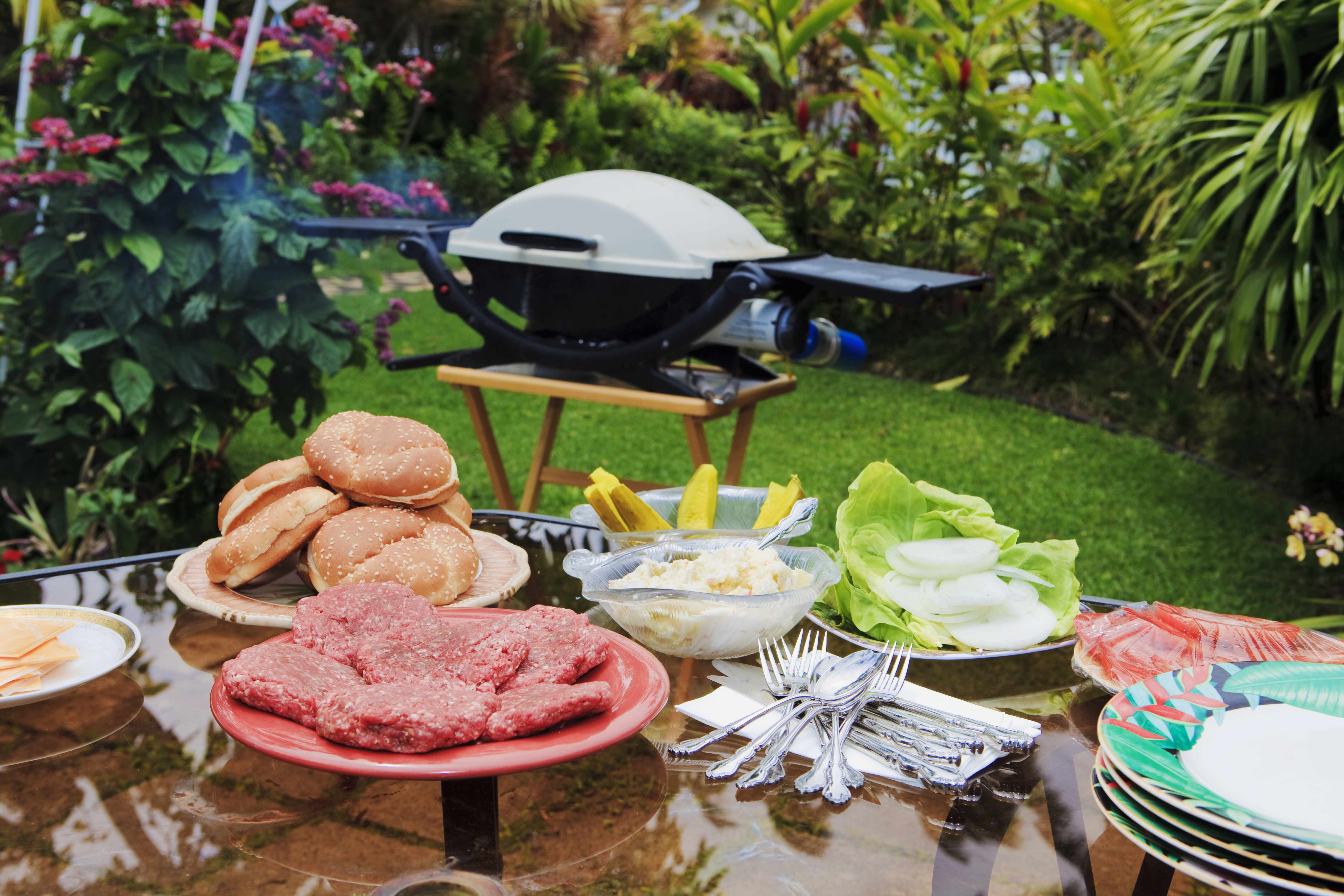-
Featured News
Infectious Diseases A-Z: Guide for safe grilling
 Keep foodborne bacteria and germs off your guest list at your next family cookout. Dr. Nipunie Rajapakse, a Mayo Clinic pediatric infectious diseases specialist, says summer is the season when foodborne illnesses peak.
Keep foodborne bacteria and germs off your guest list at your next family cookout. Dr. Nipunie Rajapakse, a Mayo Clinic pediatric infectious diseases specialist, says summer is the season when foodborne illnesses peak.
Watch: Dr. Nipunie Rajapakse shares safe grilling tips.
Journalists: Broadcast-quality sound bites are in the downloads.
Dr. Rajapakse offers a few important safety tips to keep your family and friends safe from foodborne illness this summer when you’re around the grill.
Keep food separated
Good hand hygiene
“Ensure that you are doing a really good job of washing your hands. This is especially important if you’re going between preparing meat and other foods. You need to ensure that you remove any traces of bacteria from your hands before you start preparing foods that you may not be cooking until later, or won't be subjecting to a high temperature."
Properly store foods
“The other important thing during grilling season is to ensure that you are storing or keeping food at a safe temperature," says Dr. Rajapakse. "We want to encourage people not to keep food in the danger zone, which is usually between 40 to 140 degrees Fahrenheit. That’s the ideal temperature for bacteria to reproduce and replicate. And when your food sits at that temperature for a prolonged period of time, you really increase the risk that people might get sick from eating it."
After it is prepared, food should sit out at room temperature for no longer than 2 hours and if it is warmer than 90 degrees Fahrenheit outside that time should be reduced to one hour.
- 145 Fahrenheit for steaks, roasts, chops, such as lamb, pork and veal
- 160 Fahrenheit for ground beef
- 165 Fahrenheit for chicken and turkey







